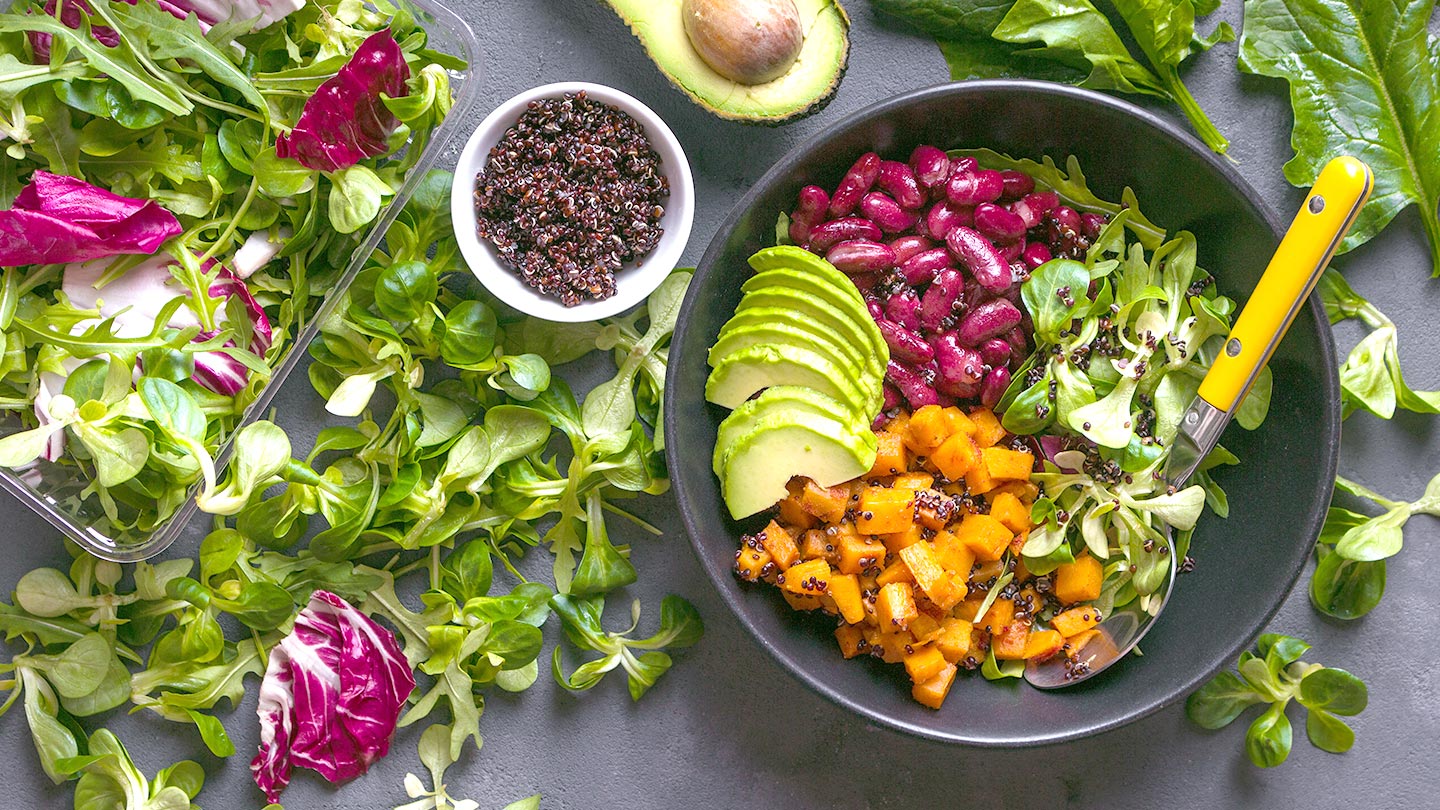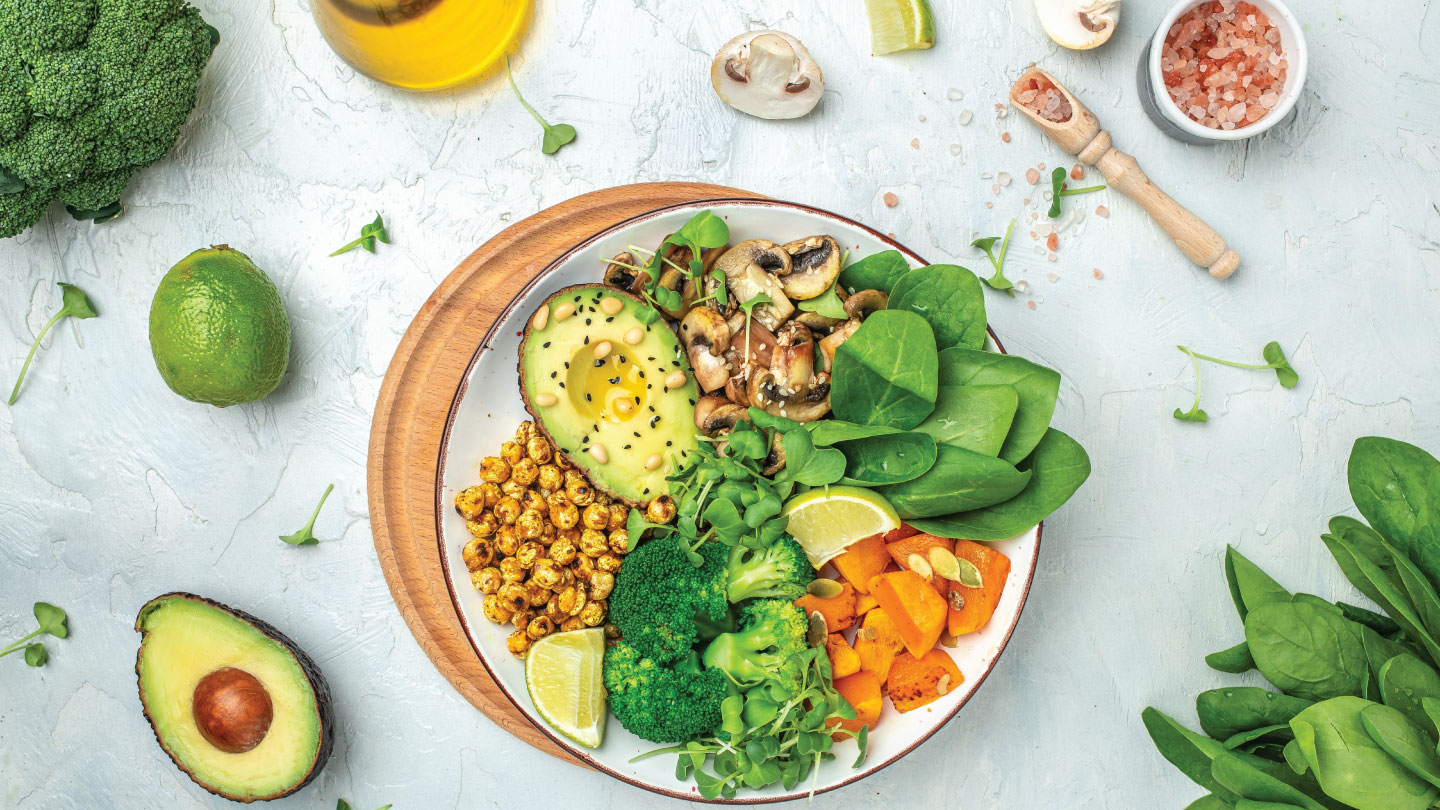Nutrition
The Beginner’s Guide to the Flexitarian Diet
A semi-vegetarian lifestyle can seem daunting to many. We spoke to a nutritionist to help us understand how to adopt this lifestyle. Find out more about a flexitarian diet and how it can make your life more sustainable and healthier.

According to a 2021 Pew Research Center study, 81 per cent of Indians follow some restrictions on different types of meat in their diet. While meat provides many with their daily required protein intake, it is also a source for various ailments and health problems. PETA’s studies have also shown that eating meat has been linked to obesity, heart disease and arthritis.
A flexitarian diet seeks to incorporate more plant-based products with a gradual decrease in meat consumption. While a flexitarian diet might be a significant overhaul for your lifestyle, it has been touted as a great way to get more vegetables and fruits in your daily diet. Most people are non-vegetarians on some days but vegetarians on all days, and the flexitarian diet seeks to emphasise that. In the diet itself, meat only refers to flesh from animals (chicken, lamb, pig, beef), seafood, products containing animal fat, and so on. It does not seek to restrict products from animals like milk, eggs, and other dairy products.
Related Story: How to Build a Healthy Plate
What is The Flexitarian Diet?
According to Dr Lakshmi Kilaru, URLife holistic nutritionist, the flexitarian diet combines the words ‘flexible’ and ‘vegetarian’. It’s a cross between full vegan and vegetarians with the ability to enjoy animal-based products. It gives people the chance to be a ‘flexible’ vegetarian, where they don’t have to commit to not eating animal-based products full-time.
The flexitarian diet ensures that you’re still focusing on vegetables, fruits, legumes, whole grains and nuts, with the chance to enjoy meat occasionally.
Benefits and Drawbacks
With so many diets around, it’s easy to understand that you might feel hesitant to start a new diet without understanding the risks and benefits involved. Many diets seek to restrict your calorie intake or food intake; however, that’s not the case with the flexitarian diet at all. As Dr Lakshmi explains, the benefits associated with adopting this diet are:
- Decreased risk of heart disease
- May help in weight loss
- Decreased risk of Type 2 diabetes
- Management of pre-diabetes
- It may help prevent cancer
- Lowers your carbon footprint
- Helps reduce high cholesterol
- Easy on the pocket
Cutting back on meat consumption for some people can lead to Vitamin B12, zinc, and calcium deficiencies. It is ideal to consult your physician to check if your nutrient levels are optimal before starting this diet.
Related Story: Do You Have Brittle Nails and Feel Fatigued All The Time? You Could Be Deficient In This Mineral
How to Get Started
Like any other diet, the biggest hurdle can be to get started. If you are used to eating meat daily, you might feel like it is a significant challenge to reorient your lifestyle to focus on plant-based food. Dr Lakshmi breaks down adopting the diet in stages to get started without feeling like you’re making drastic changes at once.
Stage 1: It is recommended to eat meat two times a week. Ideally, you should not be consuming more than 800g of meat in five days, which is 160g of meat per day.
Stage 2: Start incorporating more fruits and vegetables into your diet. Adopt an entirely vegetarian diet three to four days per week. Don’t consume more than 500g of meat during the remaining three days.
Stage 3: Adopt an entirely vegetarian diet for five days of the week. For the remaining two days, restrict meat to 250g in total.
Keep in mind that when you are eating meat, it is best to choose organic, free-range, pasture-raised or grass-fed lean meat. It can include chicken, turkey, and lamb. Choose leaner cuts to minimise extra animal fat. You can choose to include fish if available during the meat-eating days.
Common Alternatives to Try
Before you start your flexitarian diet, you need to ensure that you have a good idea of what should be included in your grocery list. Some items you should include are:
- Fresh vegetables and fruits (consider opting for seasonal produce)
- Plant protein such as black, kidney or edamame beans. You can also look at chickpeas, lentils, tofu and paneer.
- Plant-based milk (however, dairy milk is also acceptable in moderation)
- Eggs
- Dairy (cheese, yogurt or other alternatives)
- Nuts, nut butter, and seeds (healthy fats like avocado oil should also be included)
- Oils, herbs and spices
It would be best to limit your intake of processed food as well since food labels can be confusing, and you might not know what’s in them.
Level Up Your Diet The Right Way
A 2016 study by the Oxford Martin School has revealed that a global switch to less meat intensive diets can save up to eight million lives by 2050. The focus should be on having a diet that relies more on fruits and vegetables, reducing greenhouse gas emissions by two-thirds.
Related Story: Give Your Burger a Healthy Twist – Vegan Burger with Tofu and Kimchi
EXPLORE MORE
If you’re on a GLP-1, your diet can make or break your health journey. Here’s your guide to avoid common pitfalls.
Bright, tangy, and naturally refreshing, this orange chutney offers a burst of citrusy sweetness with a gentle hint of spice. It’s the perfect accompaniment to elevate daily meals with freshness and depth.
What you eat matters, but how you pair it matters even more. Transform simple meals into nutrient powerhouses.
Fibremaxxing is everywhere on social media but is doubling down on fibre really the secret to better gut health, or can one overdo it?







.jpg)

.jpg)
